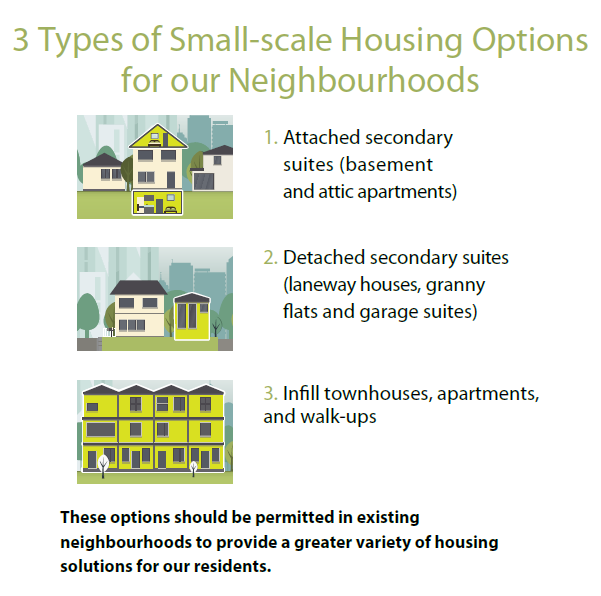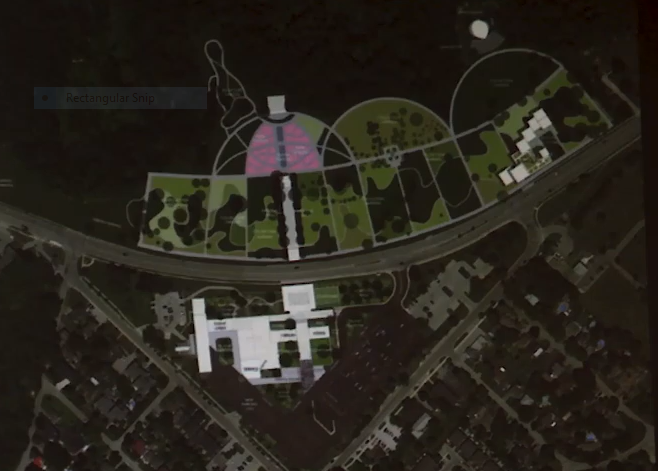Opinion. By Mike Collins-Williams, RPP, MCIP – CEO West End Home Builders’ Association
Burlington is strategically located within one of the most dynamic and fastest growing regions in North America. A key challenge arising out of this rapid growth is the delivery of appropriate housing supply that is affordable for a range of household sizes and budgets. Unfortunately, building new homes in our region has not kept pace with our population growth and changing demographic. There is a lack of suitable supply for young people looking to find a home with enough room for their growing families, and a lack of affordable places for seniors looking to downsize. Households with young children who need to avoid long commutes are finding it increasingly difficult to find housing in established neighbourhoods at reasonable prices with good access to services, schools, and jobs.
In simpler terms, new homes with enough bedrooms suitable for families are not being built in central locations with access to services that families need, like daycares, schools, parks, and recreation centres. Furthermore, the single-detached family-friendly homes in our existing neighbourhoods typically carry a price tag that is out of reach for most people. This is where the elusive “missing middle” housing supply can fit in and provide an opportunity for more family-friendly housing in existing communities.
So what exactly is missing in terms of our housing? And what can we do about it? The missing middle refers to the growing gap in the types of new housing we can build in Burlington. It is the kind of housing that exists between single-family homes and high-rise or mid-rise apartment and condo towers. It includes “middle density” housing forms, such as laneway housing, townhouses, walk-up apartments, duplexes, and even low-rise small-scale apartment buildings. Often these types of housing are not permitted to be built in Burlington without going through a lengthy re-zoning and permission process. This prevents diversity and unnecessarily eliminates choice in the marketplace. Building more of the missing middle housing in our established neighbourhoods would offer opportunities for more people to live there — without changing the look, feel, or character of these low-rise residential streets. Laneway houses, garden suites, and townhouses are examples of small-scale housing options that can help address the affordability gap, while providing more space for growing families in the existing residential communities throughout Burlington.

Any time new homes are built, people are concerned about change, particularly in established neighbourhoods. These neighbourhoods are often thought of as stable, mature, and historic. Yet the reality is that many of these neighbourhoods are not actually stable, but in fact are declining in population in line with demographic shifts: the people who live there are aging in place and with shrinking household sizes, and fewer families or young people can afford to move into them. This means that in some older neighbourhoods, local businesses find it difficult to keep their doors open and, in some cases, school enrollments are lower than they were a few decades ago. Allowing new housing options to be built in our existing communities has many benefits. It allows us to increase the number of people our city can house, provides a better range of options for families to grow and seniors to age in place, and lets everyone access the services they need nearby. This means that small businesses thrive and the economy grows.
While downtown Burlington and the areas immediately surrounding GO stations (planners refer to them as Major Transit Station Areas) are appropriate locations for higher-density apartment, condos, and mixed-use buildings, we need to do a better job of integrating new smaller-scale housing options in our existing neighbourhoods. We need to broaden housing choices, create walkable communities, and foster the construction of smaller-scale, more affordable housing options that are compatible with our mostly single-detached-home neighbourhoods. These housing types include duplexes, triplexes, rowhouses, laneway homes, secondary suites, and stacked townhouses.
Having the appropriate range of housing available throughout our city is important, so that we don’t continue to price our younger generations out of Burlington when they start their careers and families.
The timing is perfect for us to be having this conversation. The City of Burlington just launched their new housing strategy to revisit our housing policies and decide what needs to change over the coming decade. Burlington should be providing a wide range of housing options, and right now is as good a time as ever to discover the “missing middle” and adjust our zoning framework to permit a diversity of housing choice throughout our city. Our neighbourhoods are constantly changing, and our public policy framework should evolve accordingly to support the needs of our current and future residents.



